Outdoors Characterization Station
Versatile, modular field station to characterize photovoltaic cells under real outdoor conditions with independent channels, recipe-based operation and full traceability.
Your I–V curve in 60 seconds
Capture, process, and visualize the full curve in the field with laboratory-grade precision.
Calculate the MPP while controlling hysteresis
Determine the Maximum Power Point (MPP) while managing hysteresis and irradiance increments.
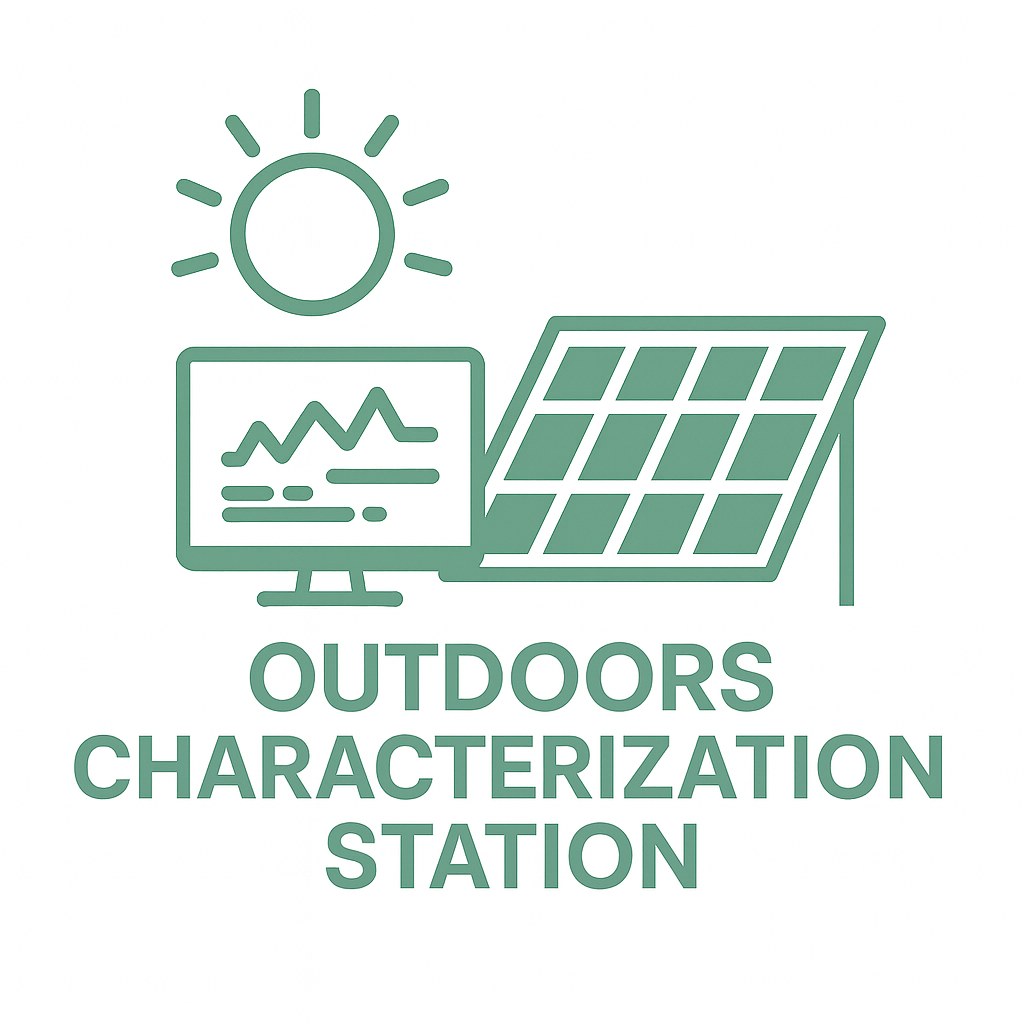
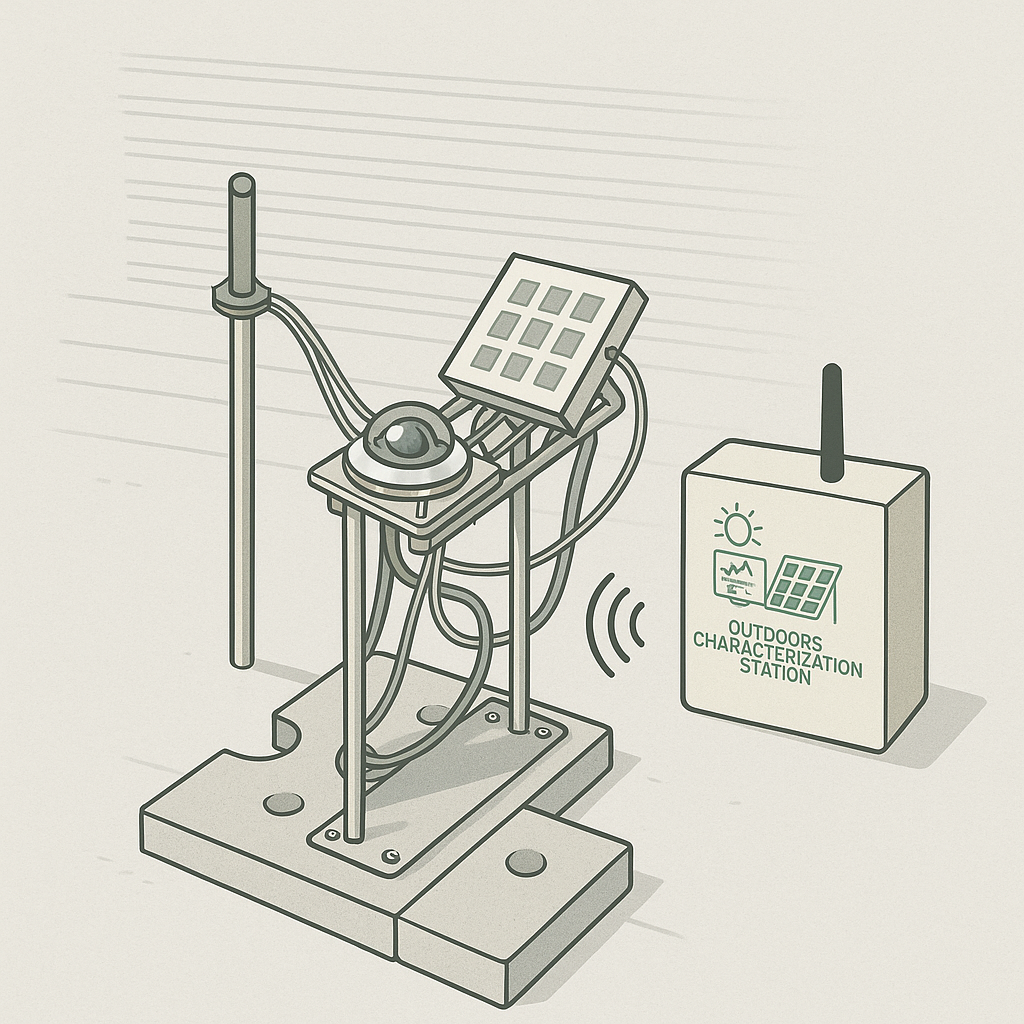
- Modularity — from 32 to 64 independent channels.
- Sectorized temperature control with warm‑up and shutdown ramps.
- Programmable recipes → precision, repeatability, QA templates and data logging.
- Flexibility — compatible with rigid and flexible substrates.
- Real‑time traceability with irradiance, cell temperature, ambient T/RH.
- Calculations: VOC, ISC, I–V curve, MPPT.
- Laboratory or scalable field deployment.
- Roadmap 2026 Q2: Electrochemical Impedance Spectroscopy (EIS).
Independent Channel Control
Each channel operates autonomously in VOC, ISC, I–V scan, or MPPT mode.
Individual programmable sources and precision sensing ensure no cross-talk between samples.
- Voltage: 0–12 V
- Current: 0–400 mA
- Resolution: ±1 mV / ±0.5 mA
Smart Traceability Engine
Each measurement cycle records a Trace Point (TP) containing:
- Irradiance (W/m²), Cell T (°C), Ambient T / RH (%)
- Channel parameters (V, I, P, MPP values)
- Status flags and QA metadata
Exportable in CSV / JSON / ZIP for cloud or lab analysis.
Software Dashboard
Intuitive control from any PC:
- Channel setup and monitoring
- Real-time charts and statistics
- Automated warm-up/shutdown ramps
- Historical session viewer and report export
LI2E · Laboratory of Engineering and Electronic Instrumentation
We are a technology-based company with more than 30 years of experience in turnkey projects. Our track record is centered on R&D, with several patents and collaborations with universities and leading research centers. From LI2E we design and manufacture high-tech equipment for research, integrating electronics, control, sensing, and regulatory safety.
- Custom instrumentation design and manufacturing
- Hardware/software integration and field validation
- Support for universities, research centers, and industrial companies
Custom electronics and sensors · Test benches · Process control · In-situ QA · CE documentation.
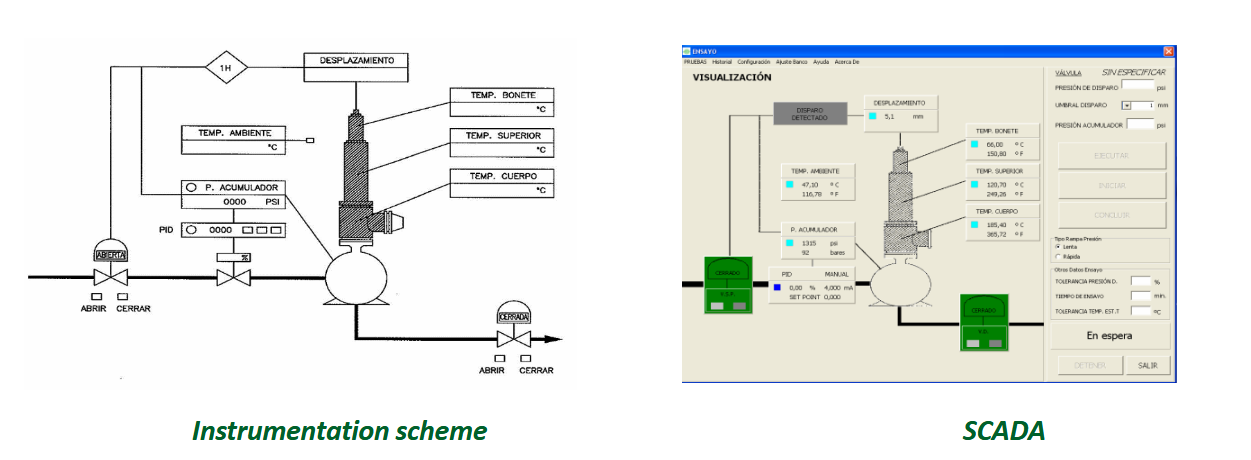
LI2E is a department of AMBIMETRICS. If you want to know more about us, click here →
Experience in Industrial and Nuclear Instrumentation
AMBIMETRICS has extensive experience in the specification, design, programming, construction, and deployment of instrumentation systems for meteorological towers. These systems are critical safety components in nuclear power plants, as they play a fundamental role in monitoring atmospheric dispersion of gaseous emissions, ensuring compliance with Regulatory Guide RG 1.23.
Their function is fundamental in both routine environmental monitoring and emergency response scenarios, providing real-time data for regulatory compliance and risk assessment. Due to the stringent performance requirements, efficiency, and competitiveness of our designs, they meet the necessary standards for installation in refineries, as demonstrated by their successful implementation at the BP Refinery in Castellón.
Meteorological tower instrumentation is essential for radiological environmental monitoring and serves as a safety mechanism in the event of an accident involving radioactive releases. By providing real-time meteorological data, these systems help operators predict dispersion patterns, assess radiation exposure risks, and implement emergency response measures to protect personnel, the public, and the environment.
AMBIMETRICS designs and supplies two types of meteorological tower systems:
- Simple Towers – Single-system setups, ideal for standard monitoring applications.
- Advanced Towers – Redundant, dual-system configurations for increased reliability and regulatory compliance.
Our expertise covers all phases of system development, ensuring that the meteorological monitoring infrastructure meets the strictest safety and operational standards:
- Design – Tailoring solutions to the specific requirements of each facility.
- Mounting Structure Management – Engineering and assembling robust and stable tower structures.
- Instrumentation and PLC Programming – Implementing automated Programmable Logic Controllers (PLCs) for real-time data acquisition and processing.
- Compliance with Nuclear Safety Council (CSN) Requirements – Ensuring adherence to safety, operational, and redundancy standards.
- Tower Firmware (FW) Development – Creating and optimizing embedded systems for efficient sensor integration.
- Auxiliary Software Implementation – Developing applications to support data collection, analysis, and reporting.
- Historical PC (CSN Critical Component) – Establishing a secure, CSN-mandated historical data repository for regulatory tracking and analysis.
- Maintenance PC for Instrumentation Management – Providing dedicated software and hardware for system diagnostics and performance monitoring.
By integrating state-of-the-art sensors, real-time data transmission, and automated control systems, AMBIMETRICS ensures that nuclear power plants have reliable and accurate meteorological data to support both day-to-day operations and emergency response protocols. Our solutions are designed for long-term stability and resilience, guaranteeing the functionality of these mission-critical safety systems under all operating conditions.
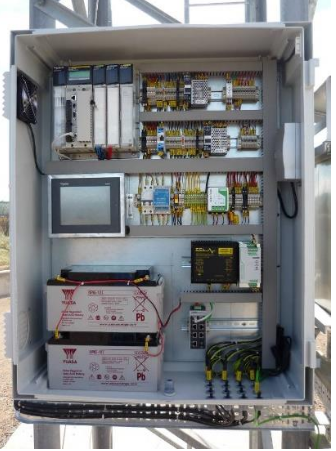
Regulation and Compliance Framework
AMBIMETRICS strictly adheres to international and industry-specific standards to ensure the highest levels of quality, safety, and compliance in the execution of its projects, particularly in the nuclear sector. Our work aligns with both regulatory requirements and best practices in engineering, instrumentation, electronics, and software development.
Below is a summary of the key regulations and standards that AMBIMETRICS applies in its operations:
- 1.2.1 Nuclear Safety and Instrumentation Standards
✓ RG 1.23 rev.1 (2007) – Meteorological Monitoring Programs for Nuclear Power Plants
✓ ANSI/ANS-3.11 (2005) – Determining Meteorological Information at Nuclear Facilities
✓ ANSI/ASQC E4 (1994) – Specifications and Guidelines for Quality Systems for Environmental Data Collection and Environmental Technology Programs
✓ EPA/600/R-94/038d – Quality Assurance Handbook for Air Pollution Measurement Systems
✓ WMO No. 8 – Guide to Meteorological Instruments and Methods of Observation - 1.2.2 Industrial Electronics and Electromagnetic Compatibility Standards
✓ IEC-801 – Electromagnetic Compatibility
✓ ISO 9001:2000 – Quality Management Systems – Requirements - 1.2.3 Software Development and Validation in Nuclear Environments
✓ IEEE 7-4.3.2-2016 – Criteria for Digital Computers in Safety Systems of Nuclear Power Generating Stations
✓ IEEE 1012-2016 – System, Software, and Hardware Verification and Validation (V&V)
✓ IEEE 1028-2008 – Software Reviews and Audits
✓ IEEE 828-2012 – Software Configuration Management
✓ IEC 60880:2006 – Software for Computers in the Safety Systems of Nuclear Power Plants
✓ IEC 61508-3:2010 – Functional Safety of Electrical/Electronic/Programmable Electronic Safety-Related Systems
✓ IEC 62138:2018 – Software Important to Safety for Nuclear Power Plants
✓ ISO/IEC 12207:2017 – Software Life Cycle Processes
✓ ISO/IEC 27001:2013 – Information Security Management Systems (ISMS)
✓ Regulatory Guide (RG) 1.152, Rev. 3 (2011) – Criteria for Use of Computers in Safety Systems of Nuclear Power Plants - 1.2.4 Standards for Electronic Component Validation and Testing
✓ ASTM D5366-96 (2002) – Standard Test Method for Determining the Dynamic Performance of Wind Vane
✓ ASTM D5527-00 (2002) – Standard Practices for Measuring Surface Wind and Temperature by Acoustic Means
✓ ASTM D5741-96 (2002) – Standard Practices for Characterizing Surface Wind Using a Wind Vane and Rotating Anemometer - 1.2.5 Quality Assurance and Compliance in the Nuclear Sector
✓ IEEE 730-1984 – Software Quality Assurance Plans
✓ IEEE 829-1983 – Software Test Documentation
✓ IEEE 830-1984 – Guide to Software Requirements Specifications
By complying with these regulations, Ambimetrics ensures that its engineering, instrumentation, and software development projects meet the highest safety, reliability, and quality standards required in the nuclear sector. Our commitment to strict adherence to international and regulatory frameworks positions us as a trusted partner for nuclear facilities worldwide.
Ready to check your cells with our Outdoors station?
Tell us about your case (R&D, pilot or production). We will prepare a proposal or demo according to your needs.
Or write us directly at ambimetrics@ambimetrics.com
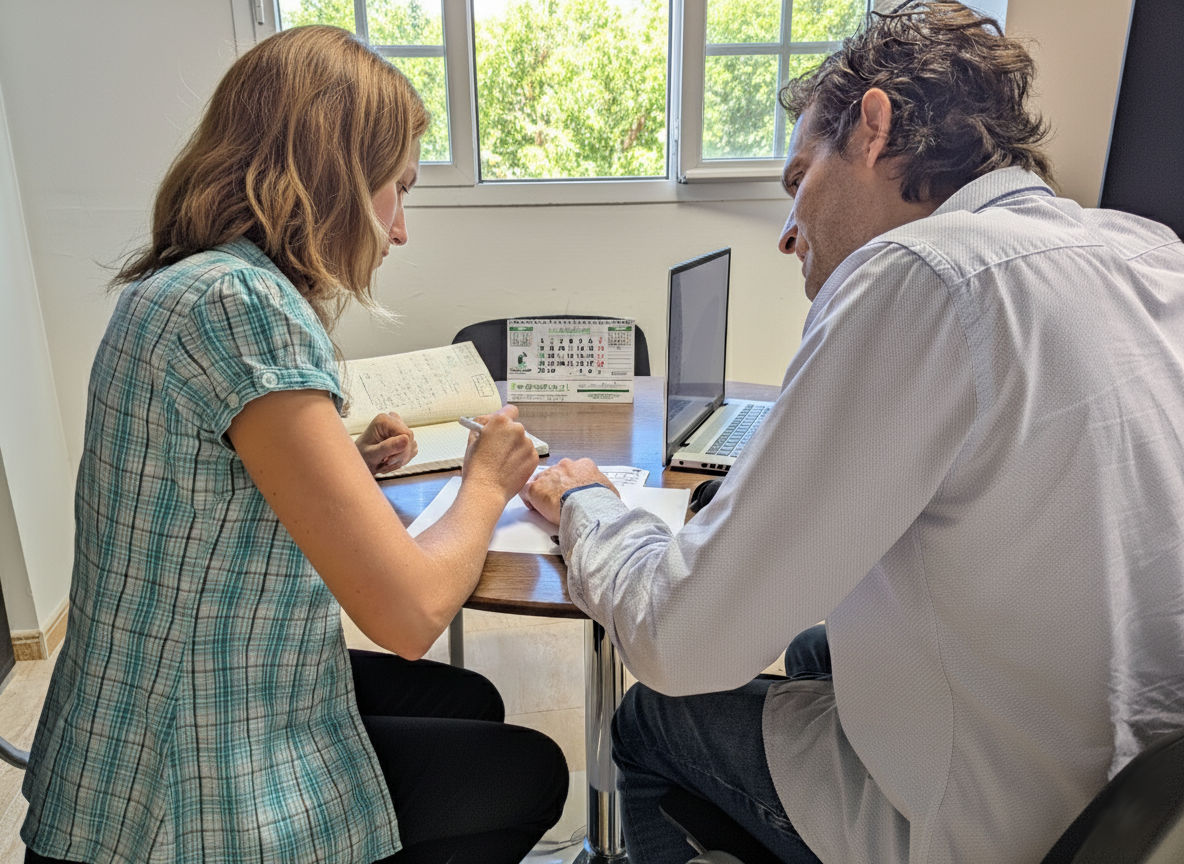
Made in Europe · Spain
Support for universities, research centers and industrial companies.
